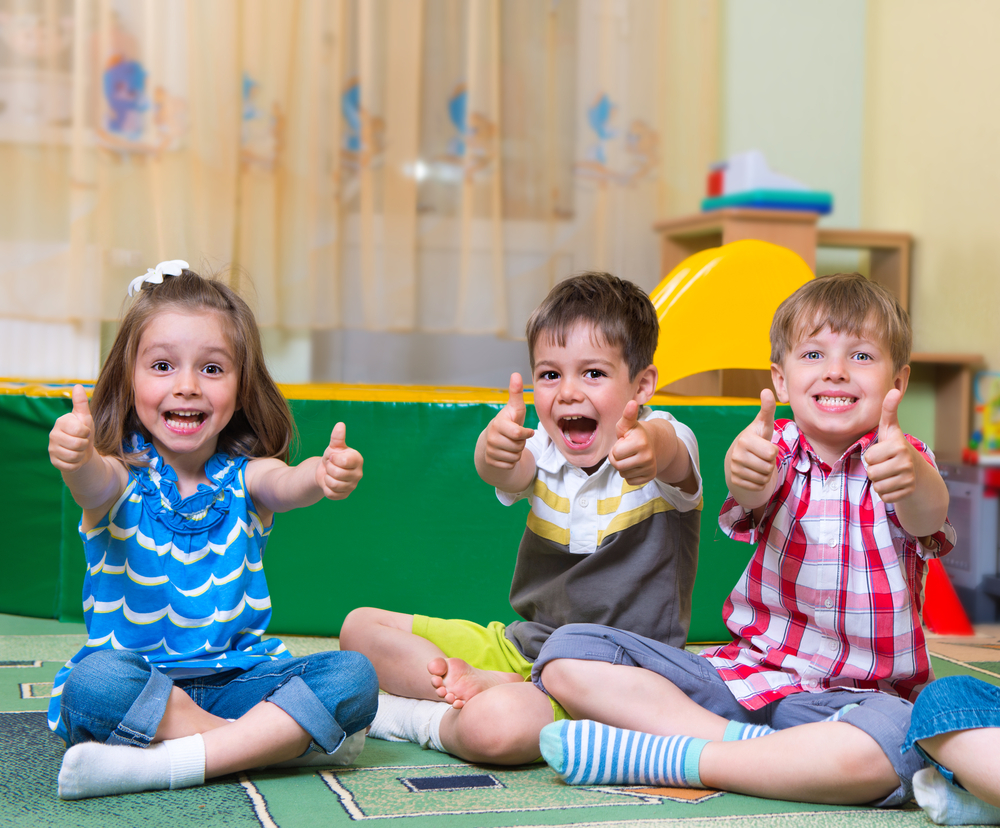Do They Fit Your Childs Learning Style
Child Care and Preschool – Do They Fit Your Child’s Learning Style?
Preschool is the first step towards the learning process in the life of an infant. It is the first step of the journey through junior, middle and high schools, to college and eventually to the universities, to the kind of life they want to lead as adult individuals. Preschool is the first step that is meant to familiarise your child with the idea of school and get him or her used to the idea of a few hours away from the family environment.

With detailed studies in the fields of child psychology and educational psychology, preschool has a scientific basis to the attitude in learning that is best suited for your child. The child’s mind is one that needs nurturing and the right kind of direction for the development required at this age. In addition to this, not all kids are receptive to the same style of learning. Preschool allows you to understand what kind of learning your child is receptive to and then establishing a link between Child care & Preschool .
Here is a list of effective learning tools that are used in preschools that you can use to teach your kids while they are at home:
- Auditory learning
Some children pick up more on learning imparted through sound, music and verbal communication. When spoken to, they can understand concepts better and if there is singing involved, their attention span can be held for longer. Having them sing out rhymes and routines and making them talk about things that they learn can be helpful for their mental development.
- Visual learning
Children more adept to visual learning make more use of their eyes than the other sensory organs. They learn by looking and seeing, through visuals. Picture books are the method to make sure that they pick up as much information as they can. Videos are also useful for visual learners. Making them draw out situations is the key way to understand how their learning process is taking place. Images of words and showing them concepts by drawing register in the mind of the children receptive to visuals.
- Physical learning
The children who learn by touch are the rarest of the lot and are called tactual-kinaesthetic learners. They use their hands to feel and learn new concepts. Texture is important to the physical learner. This can be a tricky type of learning to manoeuvre around and help children learn. Various kinds of toys have been developed to ensure and encourage tactile learners. The abacus, for example, is a useful tool for the physical learner to learn math. They enjoy crafting and activities that require bodily movements like acting out stories and dancing.
- Cross curriculum teaching
Every preschool should have a small group of toddlers in each section to effectively teach them and reach out to them on an individual level to ensure that they are taken care of. Visual learners, auditory learners and tactile learners, however, should not be separated. While it may seem the right thing to do to impart knowledge to them in a specific style, it is important for the mind to be receptive to all kinds of stimuli. A cross curriculum technique will help a visual learner pick up on the auditory stimuli only through constant exposure and being around individuals who are auditory learners.
The education imparted should also be across all three categories. If the alphabet is to be taught, for instance, writing it down would help the visual learner, singing it out to a tune would help the children prone to auditory learning and toys in the shape of the alphabets are bound to enchant the physical learners! Keeping them together and finding a way to do all of it simultaneously will help in the all round development of the mental faculty of the children.
Child Care & Preschool are therefore indispensably related to one another and function as a joint unit for the all round development of your child.